The Learning Zone
"Learning is a treasure that will follow its owner everywhere." - Chinese Proverb

The Learning Zone
"Learning is a treasure that will follow its owner everywhere." - Chinese Proverb
"Coming together is the beginning, staying together is progress,
and working together is success." - Henry Ford
As part of the NSW Curriculum Reform, a new English and Mathematics Syllabus was introduced last year for Kindergarten, Year 1 and Year 2, and this year the new syllabus has been implemented in Years 3-6.
The new syllabuses emphasise key concepts, identify essential knowledge and skills and include new outcomes to clearly show what is essential. To reflect the outcomes of the new English and Mathematics syllabuses, the language of the Semester 1 reports for Years 3-6 will change, just like it did for K-2 last year. Please see the tables below which compare the outcomes and language of the old and new syllabuses. If you have a child in Year 3, 4, 5 or 6, these are the areas you will see on the Semester 1 report.
| English: Old Language | English: New Language |
|---|---|
Speaking and Listening Writing and Representing Reading and Viewing | Oral language and communication Vocabulary Reading Fluency (Stage 2) Reading comprehension Creating written texts Spelling Handwriting and digital transcription Understanding and responding to literature |
| Mathematics: Old Language | Mathematics: New Language |
|---|---|
Working Mathematically Number and Algebra Measurement and Geometry Statistics and Probability | Representing numbers using place value (Stage 2) Represents numbers (Stage 3) Additive relations Multiplicative relations Partitioned fractions (Stage 2) Representing quantity fractions (Stage 3) Geometric Measure 2D spatial structure 3D spatial structure Non-spatial measure Data Chance |
Helpful resources for parents and carers:
ENGLISH 📝
Kindergarten English Parent Guide
Stage 1 (Years 1-2) English Parent Guide
Stages 2 & 3 (Years 3-6) English Parent Guide
MATHEMATICS 📊
Kindergarten Mathematics Parent Guide
Stage 1 (Years 1-2) Mathematics Parent Guide
Stages 2 & 3 (Years 3-6) Mathematics Parent Guide
What is happening in the world of mathematics at St Joseph's? Let's take a look!
Please see the information below to assist your child at home.
Maths At Home:
Kindergarten - Time
Start making a habit of pointing out the time on a clock when events happen in your day, to introduce what that time looks like. Move on to asking your child to tell you what a certain time looks like: “What will the clock look like at 1 o’clock” (or more tricky “in 30/15 minutes” if they are able to!) or “when it’s time to play?”
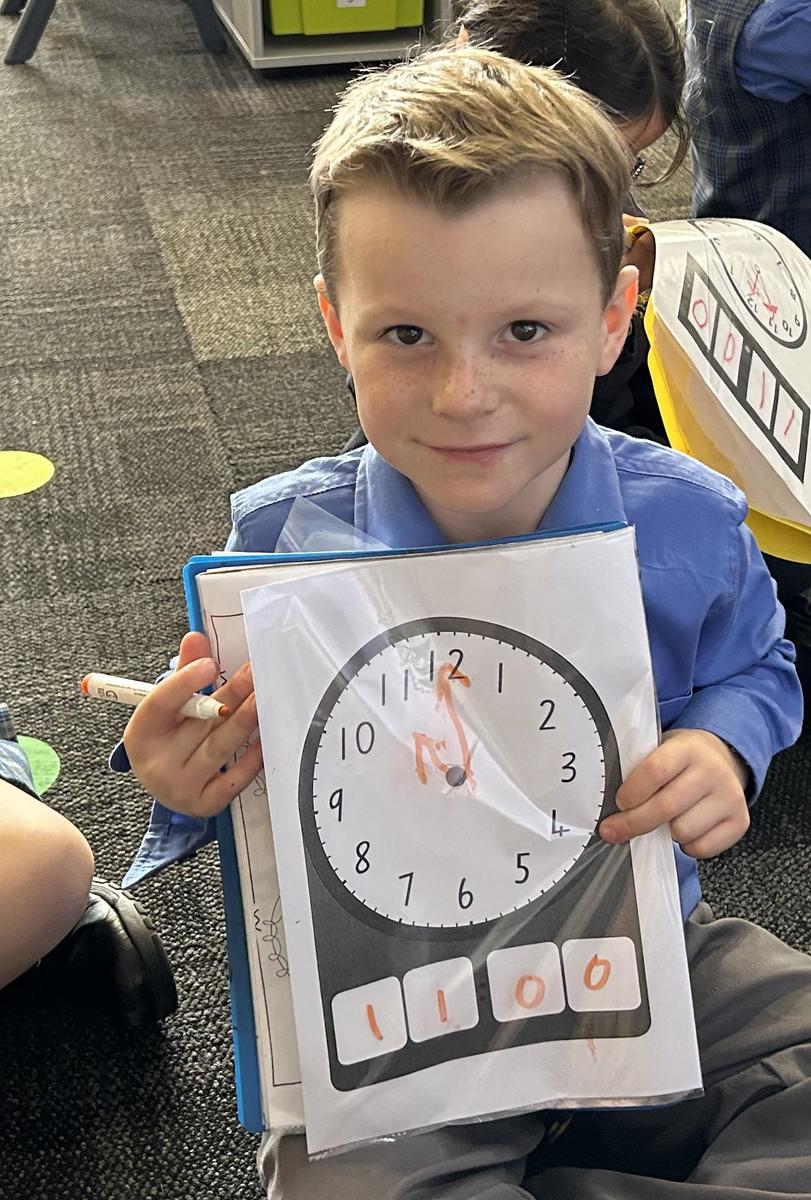

🕐 Once these basics are established, let your children remind you when it is time to do something…You may well find that they will pick this up especially easily if it’s something they’re really looking forward to, perhaps not so quickly if you’ve asked to be reminded when it’s time for bed!
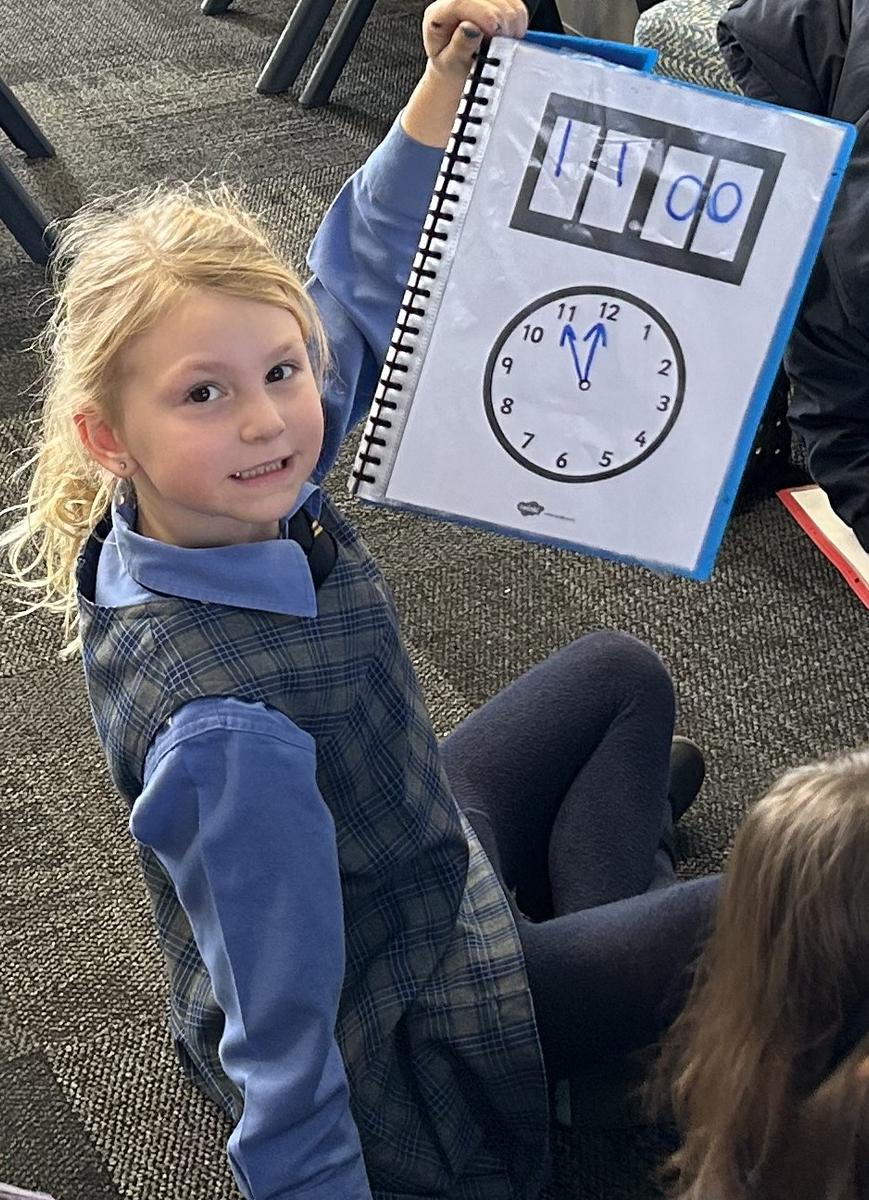

🕐 Use both digital and analog clocks around the house.
Stage 1 - Chance
Talk about plans for family outings and the chances of the weather being favourable. Include possible, impossible, likely and unlikely scenarios in the discussion (e.g. Will there be a snow storm when we are having our picnic?)
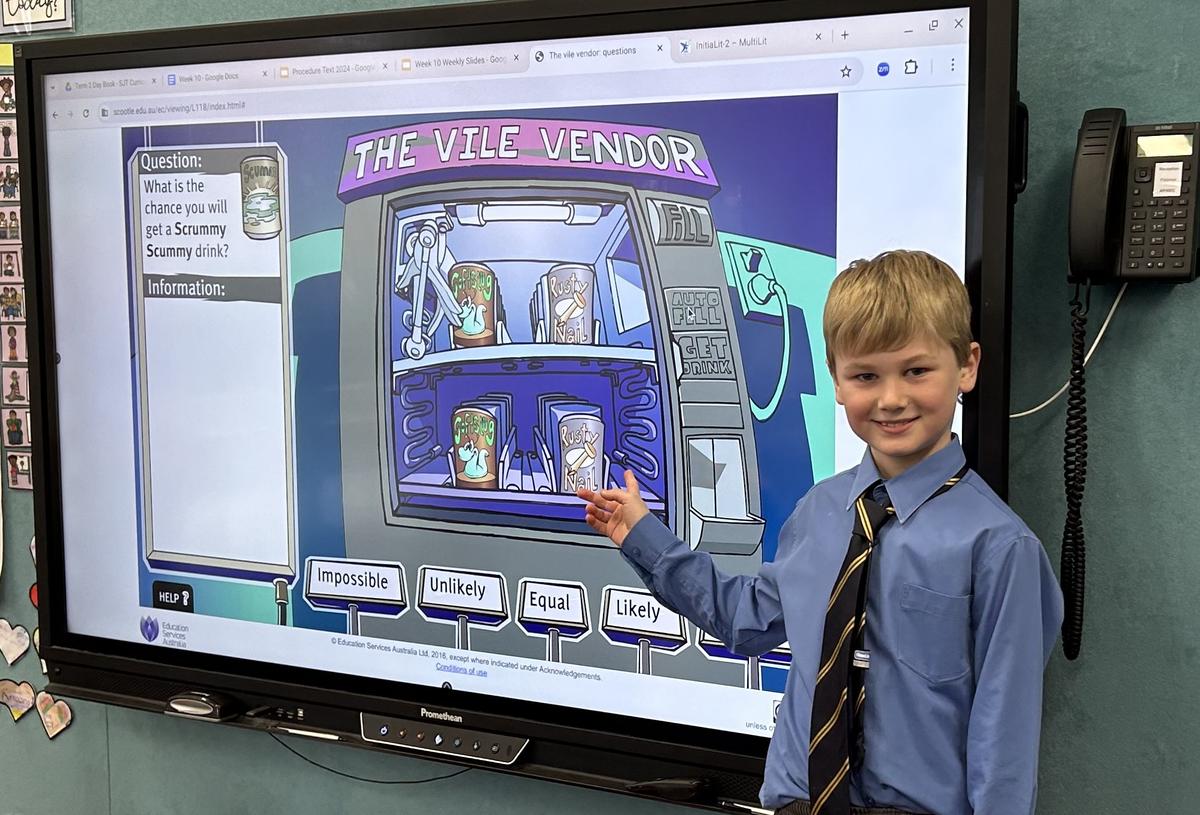

Discuss other chance happenings that might occur (e.g. Do you think it is possible that Grandma will visit us tomorrow? What could happen at football today?) as well as how likely this is (e.g. Grandma might come to visit, but as she lives in Perth this is pretty unlikely). Talk about chance when playing games (e.g. It’s possible that I will roll a six but not certain).
Has your child played 'The Slushy Sludger' or 'The Vile Vendor' in class yet?
Stage 2 - Area
Stage 2 are working on the concept of area.
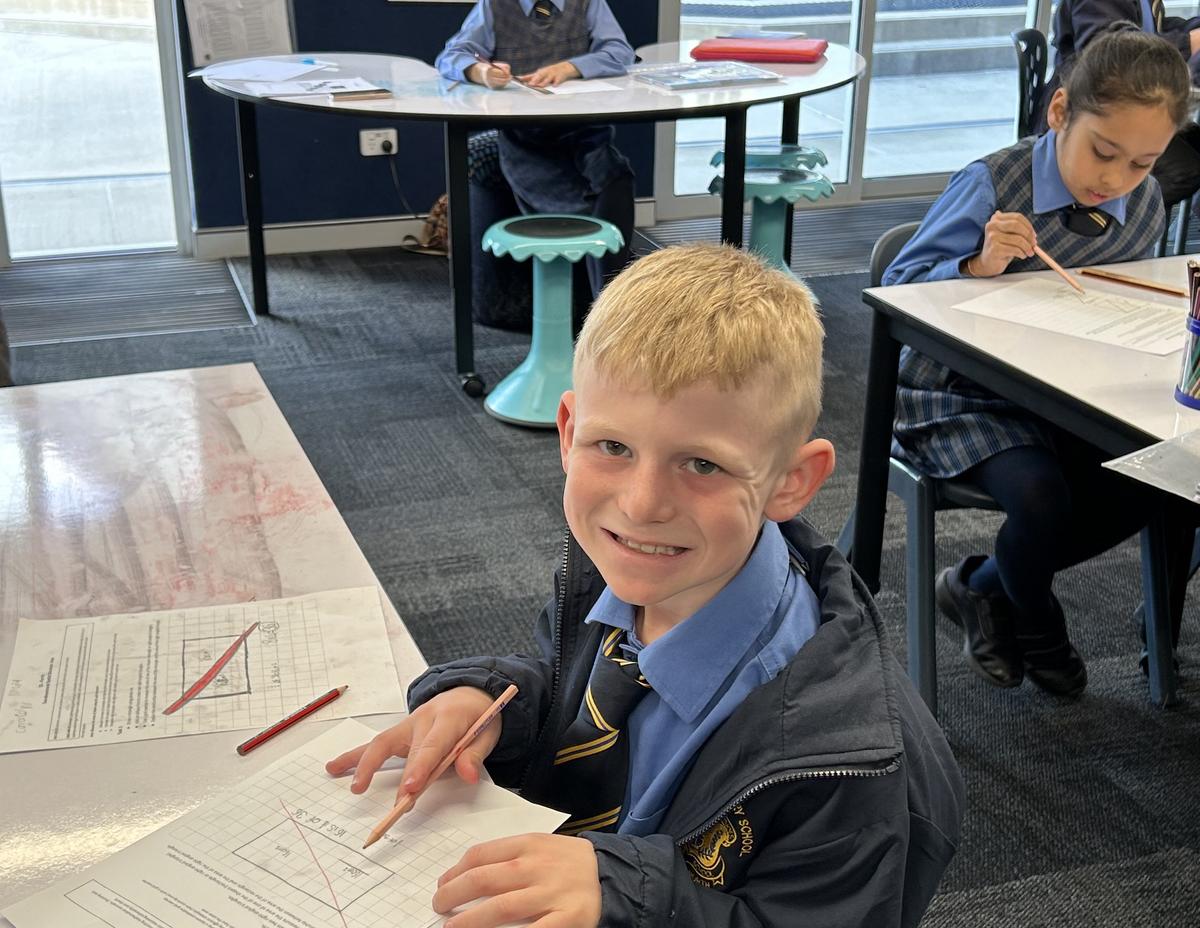

They are learning to measure, record, compare
and estimate areas using square centimetres and square metres.


Stage 3 - Length
Our Stage 3 students will discuss and use appropriate units and devices to measure length and calculate perimeter.
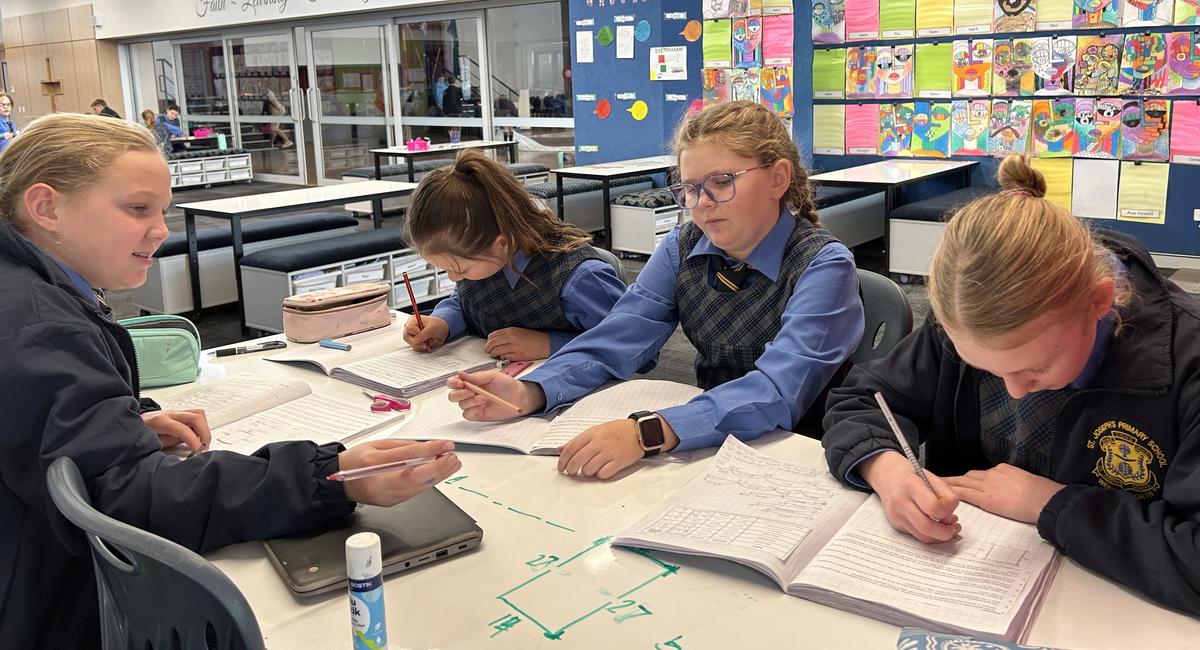

Have a wonderful week of learning!